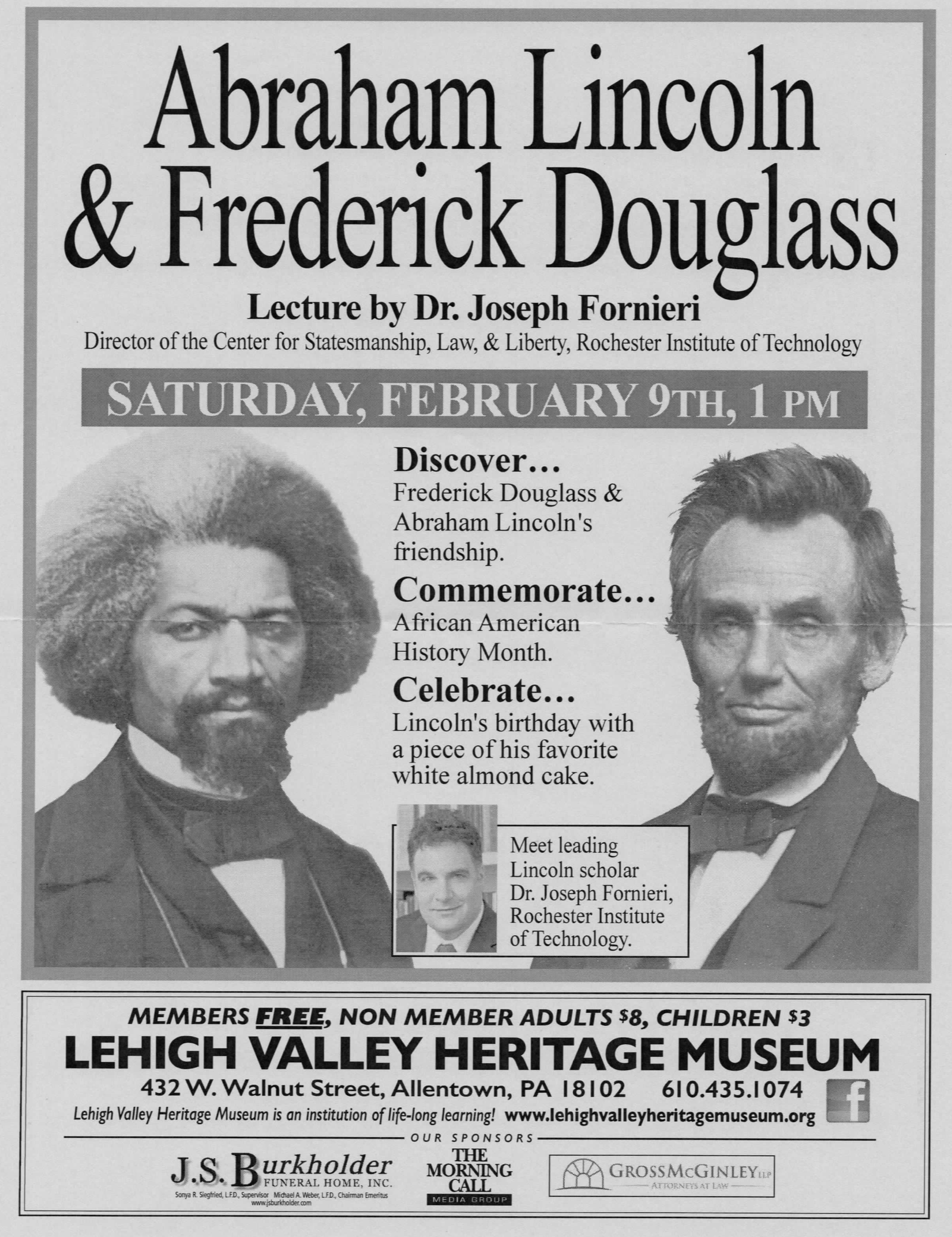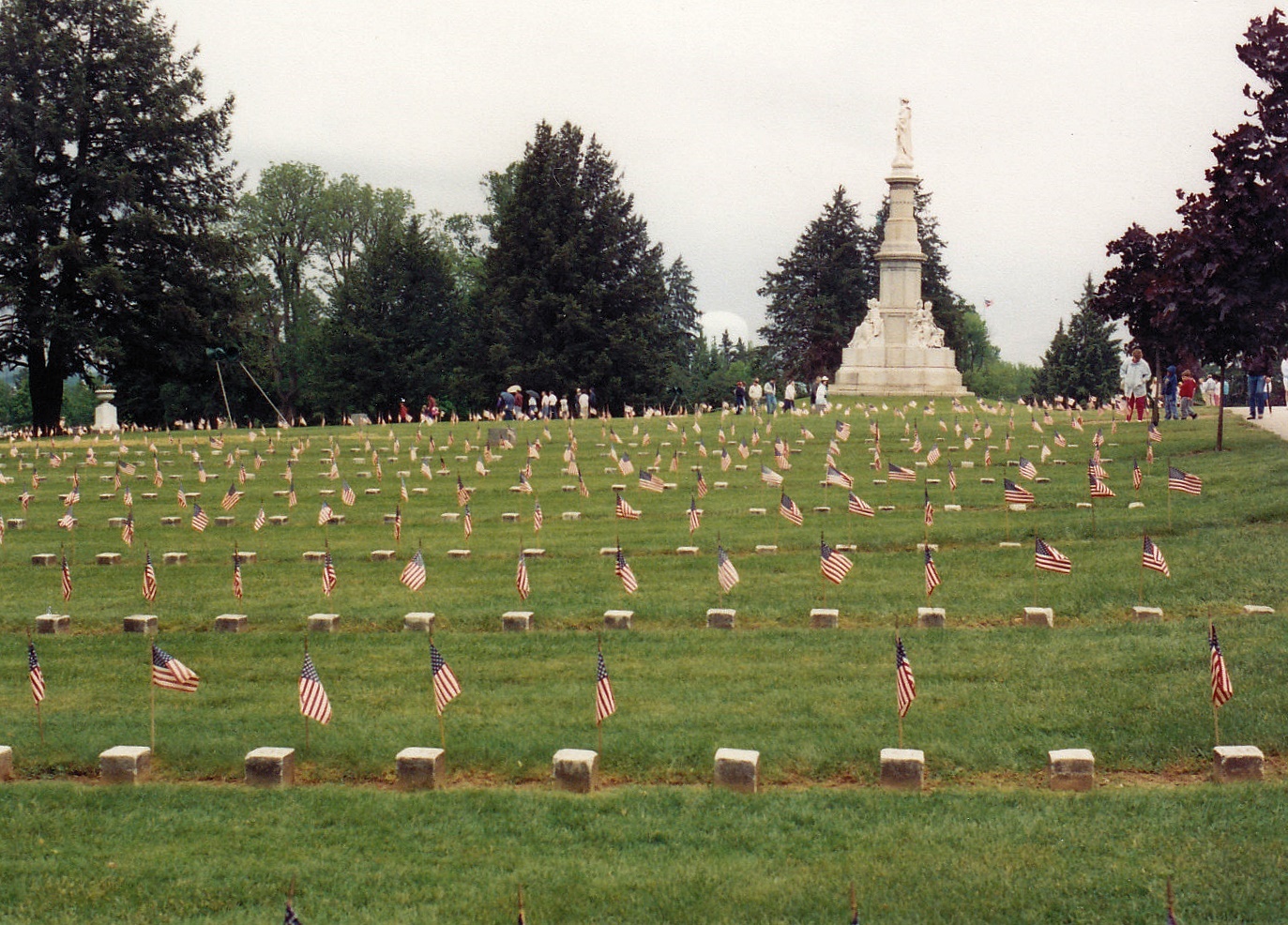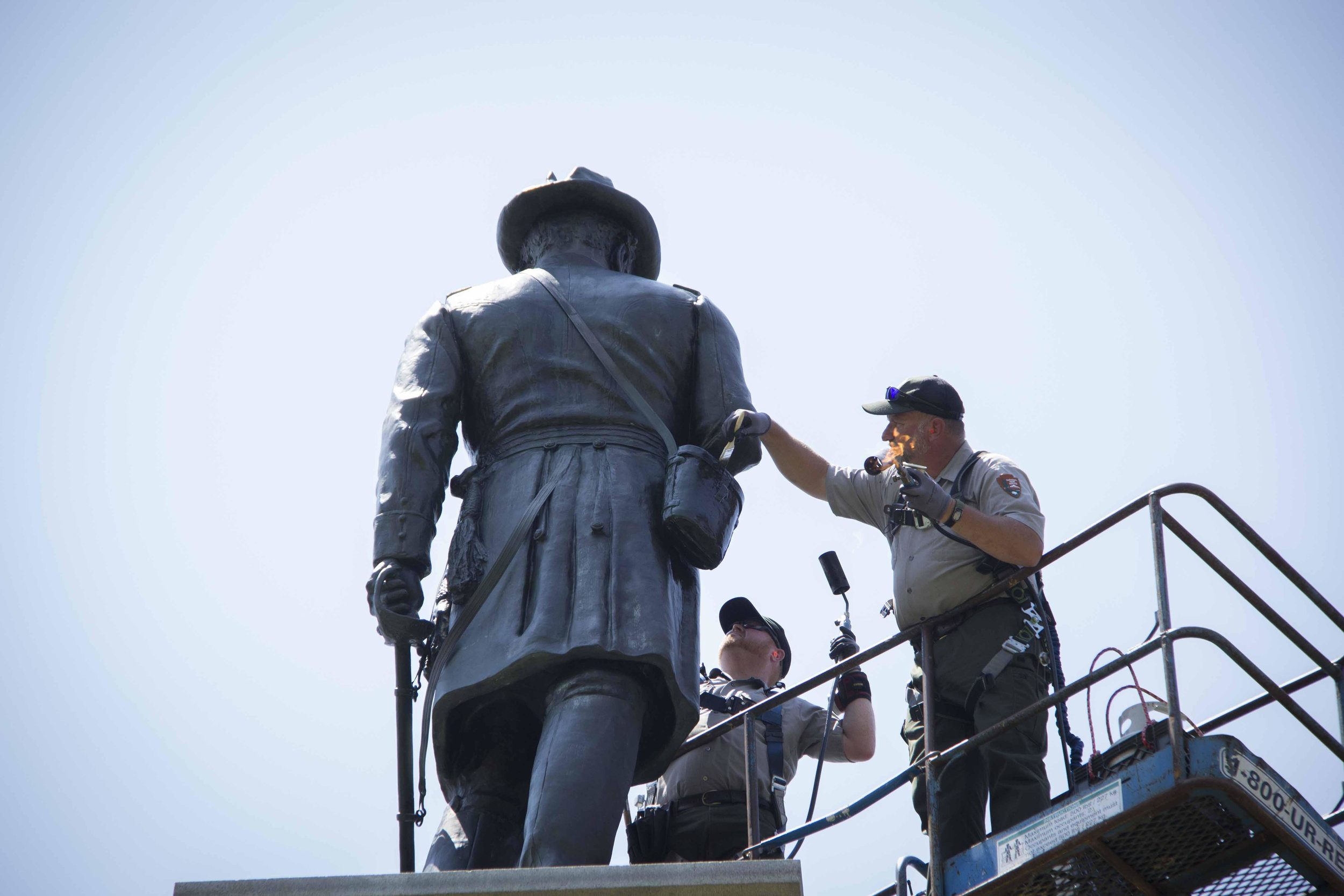Document outlines Lincoln's promotion of John Hall to captain within the Commissary of Subsistence
TOM VENESKY
Of The Wilkes-Barre Times Leader
There isn't much that can top a signed letter from Teddy Roosevelt, or an 1806 land grant containing the signatures of Thomas Jefferson and James Madison.
But Larry Cook of Dallas, Luzerne County, who is an avid collector and expert on presidential history, may have found the item that can top the signed Roosevelt and Jefferson documents that are among the 8,000 pieces in his collection.
Cook recently acquired a document that is not only rare but could shed light on a bit of unknown history regarding one of America's most famous presidents.
Last summer, Cook added a document to his collection that contains the signature of Abraham Lincoln.
Written on vellum paper, the document outlines Lincoln's promotion of John Hall to captain within the Commissary of Subsistence, a department in the Army in charge of securing supplies for soldiers.
Lincoln penned the official military commission for Hall on Aug. 3, 1861 — a little more than five months into his presidency — and in addition to his signature it is also signed by Thomas Scott, who was acting Secretary of War at the time.
Along with the Lincoln document, Cook also acquired John Hall's orders book from the Civil War, which includes the entire commission, handwritten word for word.
Also included is an antique table and tea set once owned by Hall, two documents signed by presidents Ulysses S. Grant and Chester Arthur naming William Wiley, Hall's son-in-law and a Civil War veteran, as postmaster for Washington County, and Wiley's photo taken during the war.
The collection is a spider web of names and dates that Cook has been able to connect, yet there is one mystery that he believes the documents may be able to solve.
It is well-documented that Lincoln had two principle secretaries — John Hay and John Nicolay.
Cook believes the commission and the Civil War orders book offer hints that Lincoln actually had a third secretary during his presidency — Hall.
“If I can get concrete proof that Hall was also Abraham Lincoln's secretary, if that can be confirmed, then we're discovering a piece of history that isn't known,” Cook told The Times Leader.
But first, how did Cook discover the signed Lincoln document in the first place?
Last summer, he said, a Realtor friend contacted him about a house that was being listed in Mountain Top. The Realtor, knowing Cook is an expert on presidential history, told him the homeowners had an ancestor who worked for Lincoln and they had some items related to the president.
The ancestor was Hall, and when Cook acquired the collection he became the first person outside of the family to possess the document since it was created in 1861.
“Any commission signed by Abraham Lincoln is rare, but to get it directly from the family who had it since 1861 is significant,” Cook said. “This is like finding a split window 1963 Corvette in a garage that's never been driven. I am honored they entrusted it to me to be the custodian of these items.”
Cook also has a copy of Hall's obituary from 1906 which states Hall, who was from Washington County, Pennsylvania, was military secretary under Lincoln.
Hall also had experience with the railroad, and Cook reasons that's why Lincoln named him as commissary of subsistence, to coordinate deliveries of food and provisions to soldiers. He also figures Scott had something to do with it, as he was once president of the Pennsylvania Railroad.
“If Hall was serving as private secretary to Lincoln at the time, well, the Civil War wasn't ending and it's possible that Lincoln felt Hall was more valuable in the commissary of subsistence because of his railroad experience,” Cook said. “This document is highly important because of it being connected to Lincoln, there is a lot of history attached to it and possibly unknown history that will be uncovered.”
To determine if Hall was indeed the third personal secretary for Lincoln, Cook is in contact with experts across the country and he plans to search the National Archives and speak with the White House Historical Division.
“I'm hoping to find correspondence that John Hall signed on behalf of Abraham Lincoln. That would prove he acted as secretary,” Cook said.
In the meantime, Cook will incorporate the Lincoln document, which measures 14-by-16 inches, into the presentations he gives on presidential history throughout the country. The document has held up well over the last 157 years as it was kept out of direct sunlight and Lincoln's signature is clearly visible.
Cook hasn't had the Lincoln document appraised but he said it has a special place in his collection and possibly American history as well.
“It's very surreal knowing that this document was in Lincoln's hands, and it sat on his desk in the White House during the Civil War,” Cook said.
https://www.timesleader.com/news/local/728944/an-honest-to-goodness-find-local-expert-acquires-document-signed-by-lincoln














